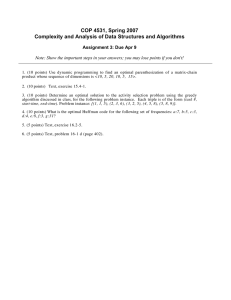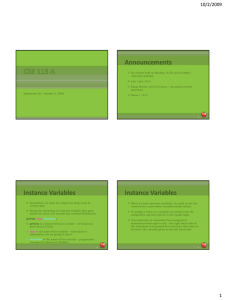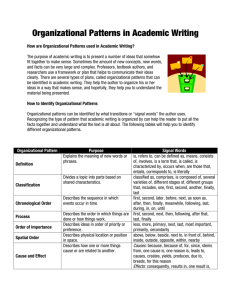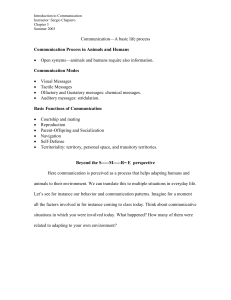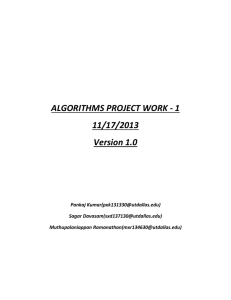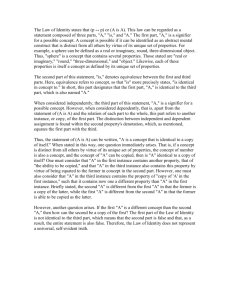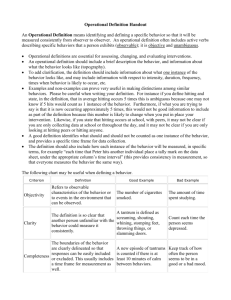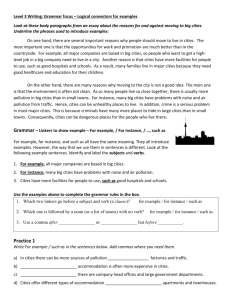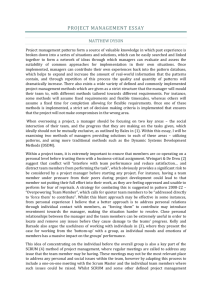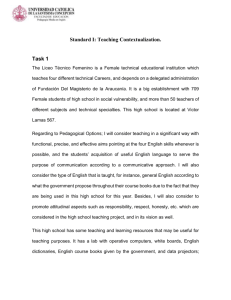Title: 3-Step Method for Graphing Functions
advertisement
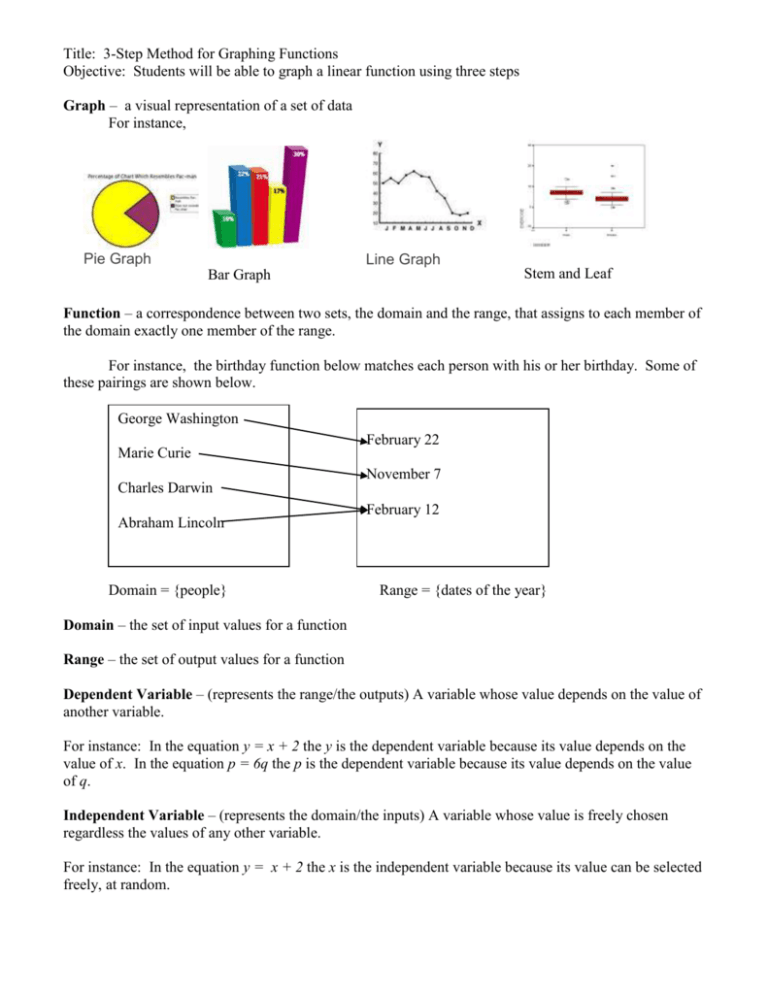
Title: 3-Step Method for Graphing Functions
Objective: Students will be able to graph a linear function using three steps
Graph – a visual representation of a set of data
For instance,
Pie Graph
Line Graph
Stem and Leaf
Bar Graph
Function – a correspondence between two sets, the domain and the range, that assigns to each member of
the domain exactly one member of the range.
For instance, the birthday function below matches each person with his or her birthday. Some of
these pairings are shown below.
George Washington
Marie Curie
Charles Darwin
February 22
November 7
February 12
Abraham Lincoln
Domain = {people}
Range = {dates of the year}
Domain – the set of input values for a function
Range – the set of output values for a function
Dependent Variable – (represents the range/the outputs) A variable whose value depends on the value of
another variable.
For instance: In the equation y = x + 2 the y is the dependent variable because its value depends on the
value of x. In the equation p = 6q the p is the dependent variable because its value depends on the value
of q.
Independent Variable – (represents the domain/the inputs) A variable whose value is freely chosen
regardless the values of any other variable.
For instance: In the equation y = x + 2 the x is the independent variable because its value can be selected
freely, at random.
Solution – the value of the variable(s) that makes the statement true.
For instance: Question: What is the value of x in the equation x + 2 = 7?
Solution: x = 5
For instance: Question: How many dogs were at the park?
Solution: There were 5 dogs at the park.
For instance: Question: What is the value of x and y in the equation x + y = 5?
Solution: (1,4), (2,3) (3,2) etc.
The 3-Step Method for creating a Line Graph
In order to create the line graph of any set the following three steps are recommended
Step 1: Collect data and organize it in a data chart/table of values
Step 2: Organize the data by listing it as ordered pairs
Step 3: Plot the ordered pairs on the coordinate plane and connect the points with the
line of best fit.
Example #1:
Graph the function y = x + 2
Step 1
X
(input/independent
variable)
0
X+2
(work)
Step 2
0+2
Y
(output/dependent
variable)
2
(0,2)
1
1+2
3
(1,3)
-1
-1+2
1
(-1,1)
Step 3
Example #2:
For more complex functions, more than three inputs may be necessary in order to see a better
representation of the graph.
Graph the non-linear function y x 2
X
(input/independent
variable)
0
1
-1
2
-2
Step 1
x2
(work)
(0) 2
(1)
2
(-1)
2
(2)
2
(-2)
2
Step 2
Y
(output/dependent
variable)
0
(0,0)
1
1
(1,1)
(-1,1)
4
4
(2,4)
(-2,4)
Step 3

